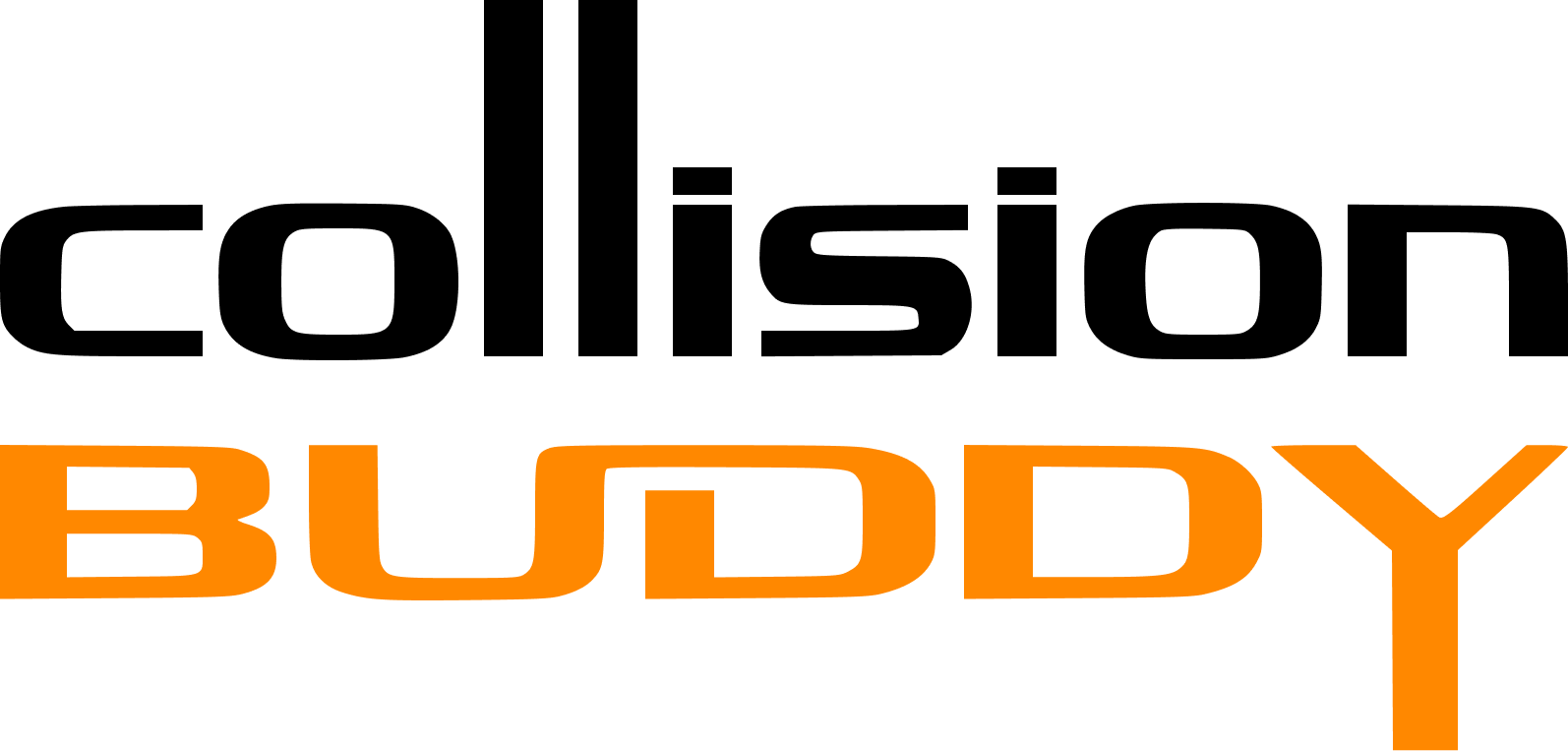Mastering Collision Repair: A Step-by-Step Guide From Your Local Auto Body Shop in Woodland Hills
- Collision Buddy
- Jan 7
- 3 min read
Updated: Apr 8
Collision repair can seem daunting, but for those living in Calabasas, Woodland Hills, Encino, Canoga Park, and Tarzana, knowing what happens inside an auto body shop can make all the difference. This post explains the collision repair process in simple terms, showing you how your vehicle is expertly restored after an accident.
Understanding Collision Repair
Collision repair is much more than simply fixing a car; it's a detailed process that involves multiple stages and skilled professionals. The journey begins with an assessment where trained technicians thoroughly inspect the vehicle after an accident. They look for both visible damage and hidden issues beneath the surface.
This step is vital. A careful assessment allows technicians to estimate the necessary repairs accurately. It results in a detailed quote covering parts and labor. Car owners should understand this initial stage, as it lays the groundwork for the entire repair process.
For instance, studies show that around 70% of collision repairs may uncover hidden damage during the assessment phase. Thus, an in-depth examination is crucial to avoid costly surprises later.
The Repair Process Begins
After the initial assessment and your approval to proceed, the next phase is disassembly. During this step, technicians remove damaged panels and components to examine the vehicle's underlying structures more closely. Disassembly is essential for identifying more extensive damage that might not have been visible initially.
Once disassembly is complete, technicians prepare parts for replacement or repair. Whether it involves a bent fender or a crushed bumper, having the correct parts on hand is key. In some cases, parts may need to be ordered, potentially extending the repair timeline. According to industry averages, ordering parts can add an extra 1-3 days to a repair.
Bodywork and Frame Alignment
Bodywork and frame alignment are significant parts of collision repair. Technicians use specialized equipment to ensure bent frames are returned to their original specifications. This step is crucial for both safety and performance.
Along with frame alignment, technicians also work on body panels that need restructuring. This might involve welding new parts or reshaping existing ones. Precision at this stage is critical. Poor bodywork can lead to safety issues and an unsatisfactory finish.
For example, research shows that well-aligned frames improve vehicle safety by as much as 40%, thus underscoring the need for meticulous attention to detail.
Painting: The Finishing Touch
With bodywork and alignment complete, it's time for painting. The first step here is preparing the surface by sanding and priming the areas that have been repaired. Proper preparation is essential for paint adhesion.
Once the surface is ready, technicians match the paint color to your vehicle. This can be tricky, especially if the vehicle's color is unique. After painting, the vehicle requires a drying period to prevent defects. Most shops use a controlled paint booth, which can reduce imperfections by up to 30%, ensuring a higher-quality finish.

Quality Control and Final Assembly
Once painting is done, the vehicle enters the quality control phase. Here, technicians inspect every repair, the paint finish, and the fit of all components. This step guarantees that everything is visually appealing and functions correctly before the vehicle is put back together.
Final assembly includes installing all components removed earlier, such as lights, mirrors, and trim pieces. Although this phase may seem straightforward, it's crucial for ensuring your car is not only visually appealing but also completely safe and operational.
Customer Communication and Delivery
Effective communication throughout the collision repair process is critical. A good auto body shop keeps you informed at each stage, from the initial estimate to the final delivery.
When your car is ready, the shop will reach out for you to pick it up. During this handover, technicians typically walk you through the repairs. They may also offer useful tips for future care. This is a perfect time for you to ask any questions about the work done or vehicle maintenance.
Wrapping Up
Understanding collision repair helps build trust between you and auto body technicians. Becoming familiar with what transpires in an auto body shop alleviates concerns and highlights the skill involved in restoring vehicles.
Next time you need collision repair, being informed will enhance your experience. Local shops in Woodland Hills, serving clients from Calabasas to Encino, are committed to restoring vehicles to their original condition while keeping you engaged and informed.
Through thorough assessment, careful bodywork, precise painting, and ongoing communication, your vehicle will be returned to you in excellent condition, ready for the road again. Remember, maintaining your car is not just about looks; it’s about ensuring safety and performance for your future travels.
By understanding the intricacies of collision repair, you'll appreciate the craftsmanship involved and feel confident in your local auto body shop’s ability to restore your vehicle to its former glory.




